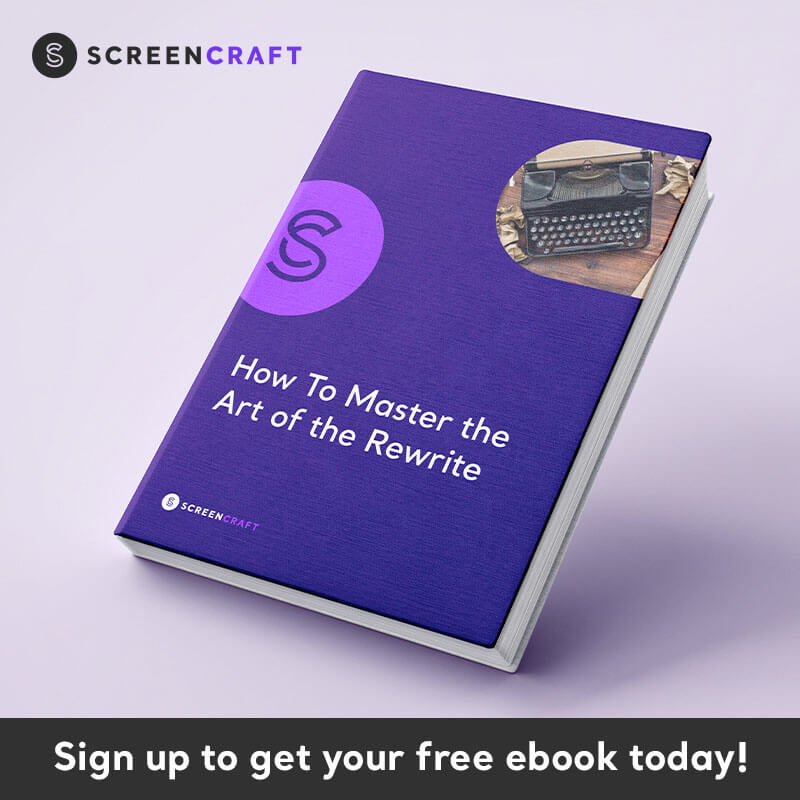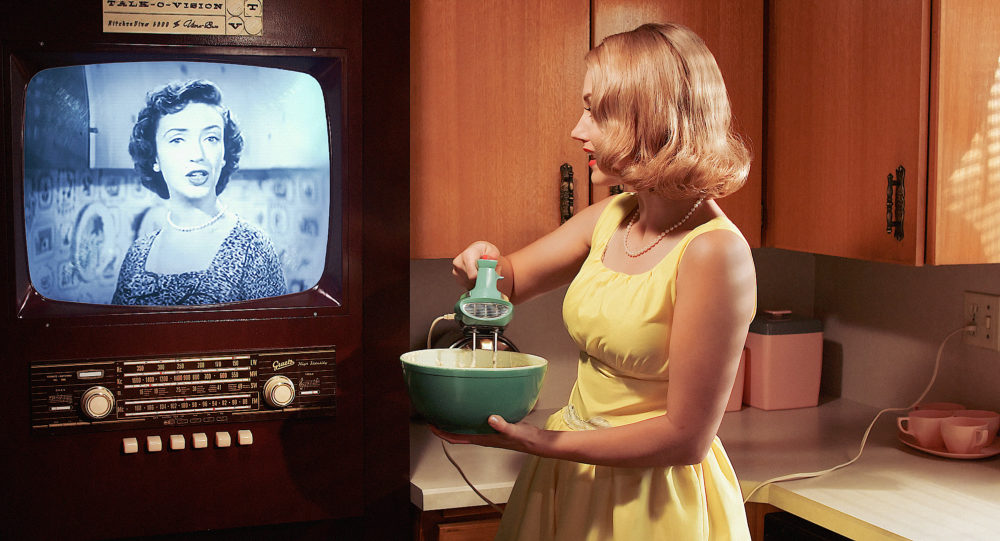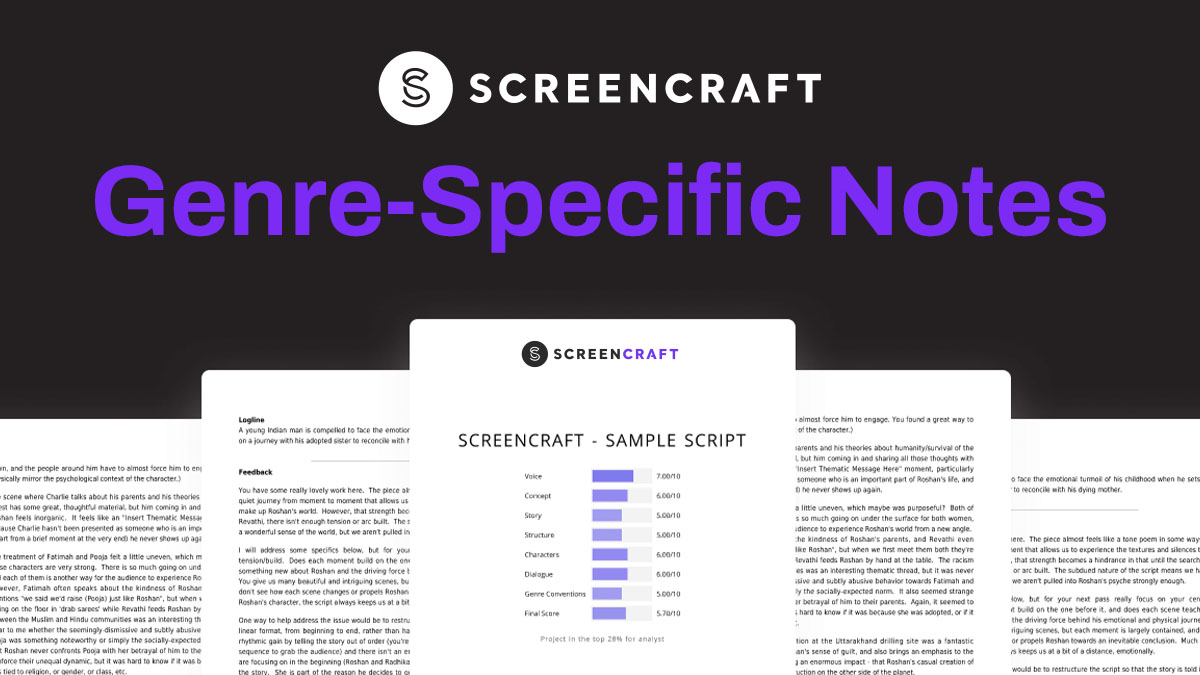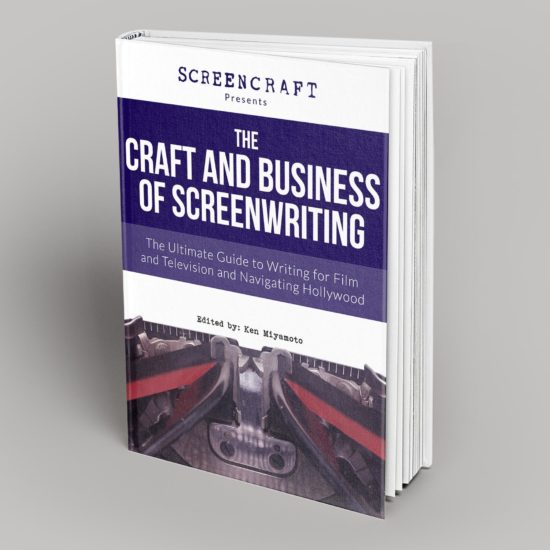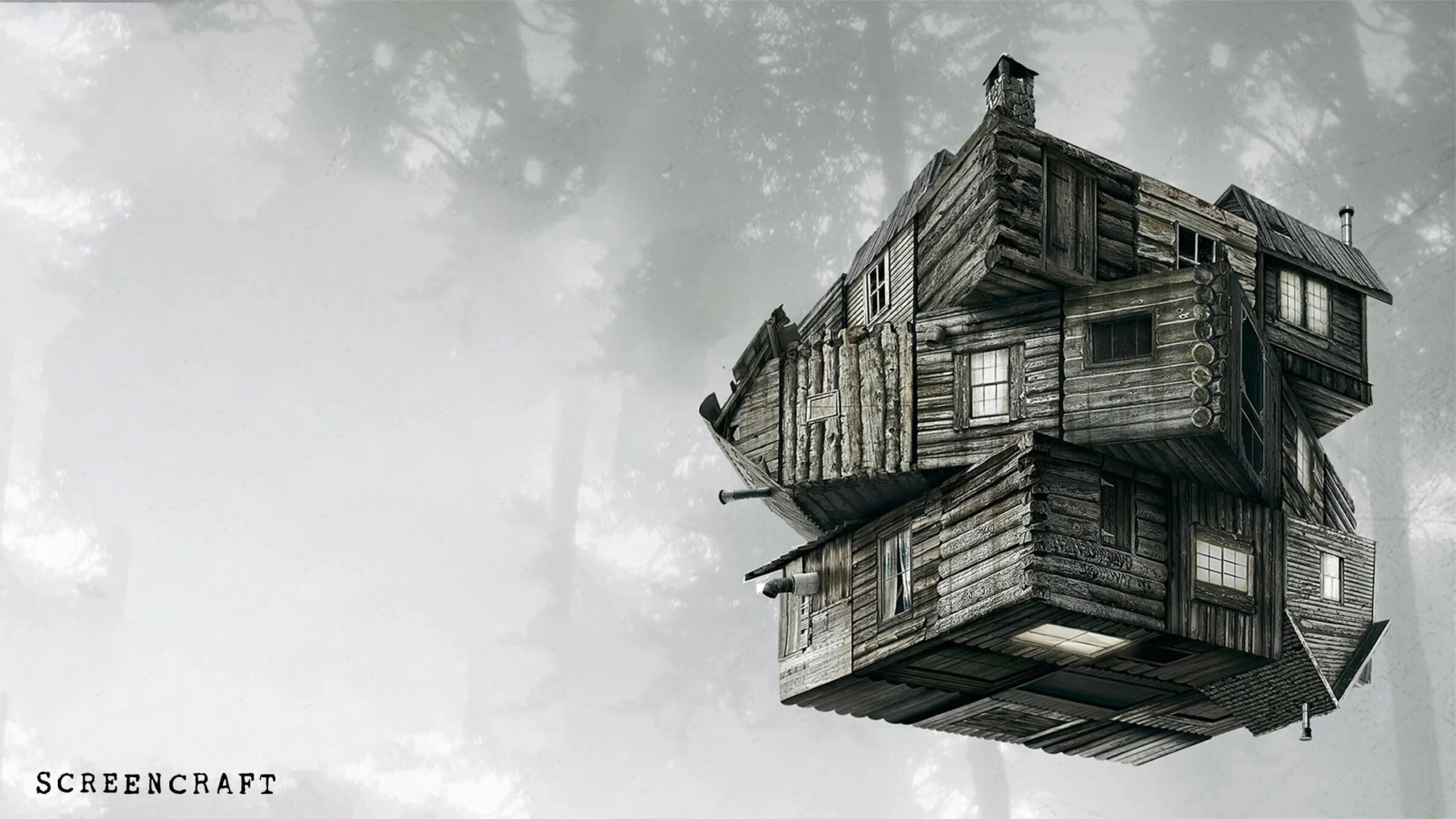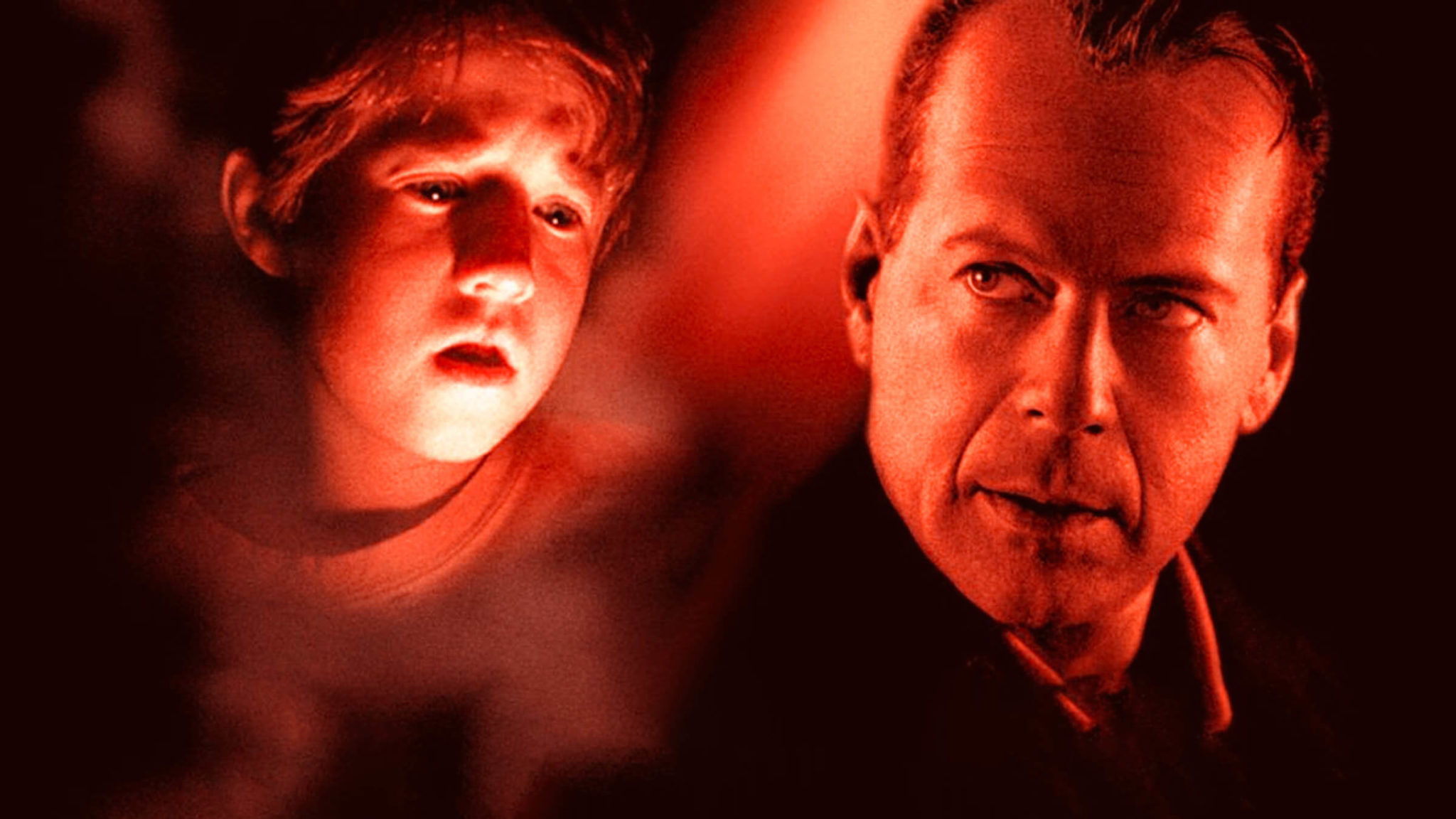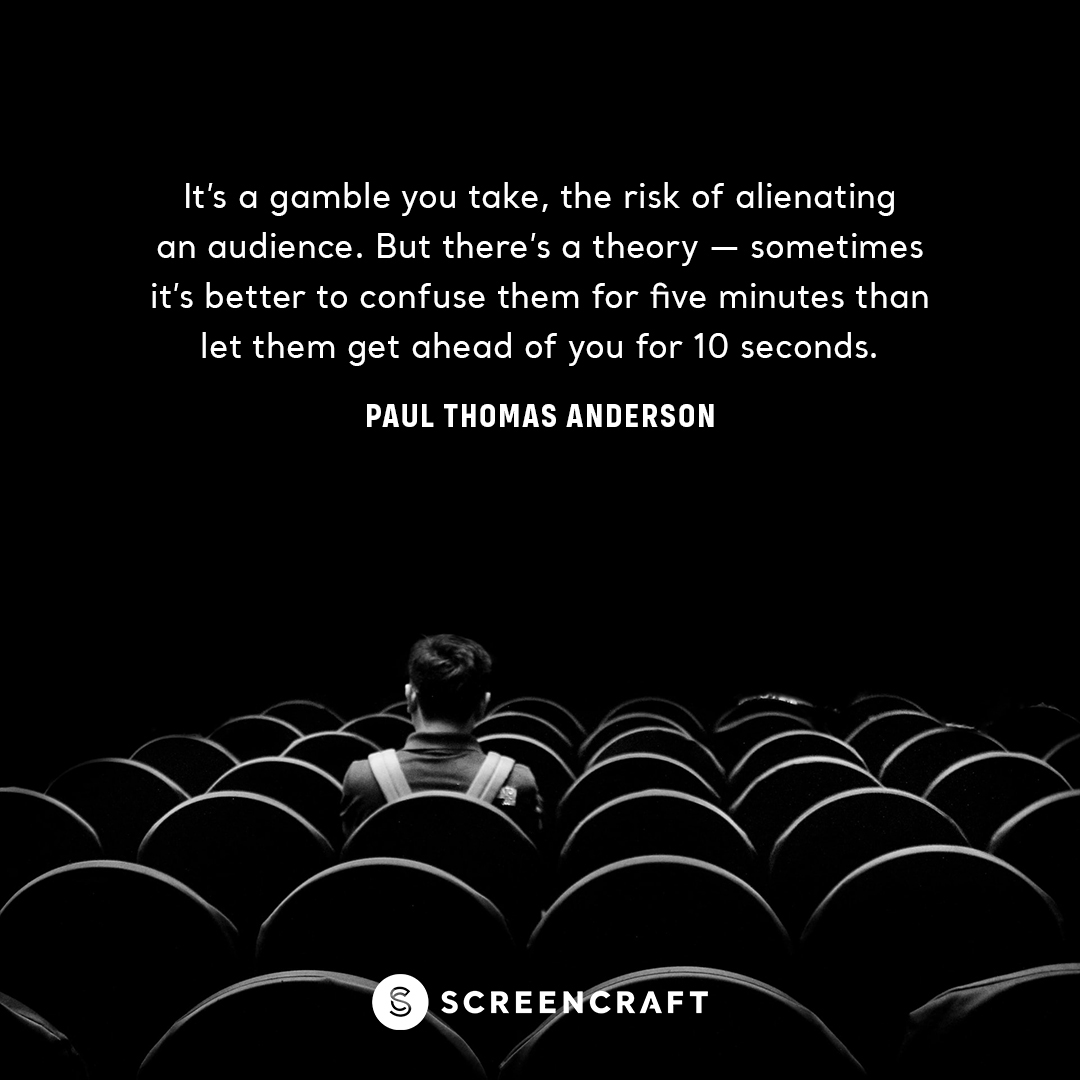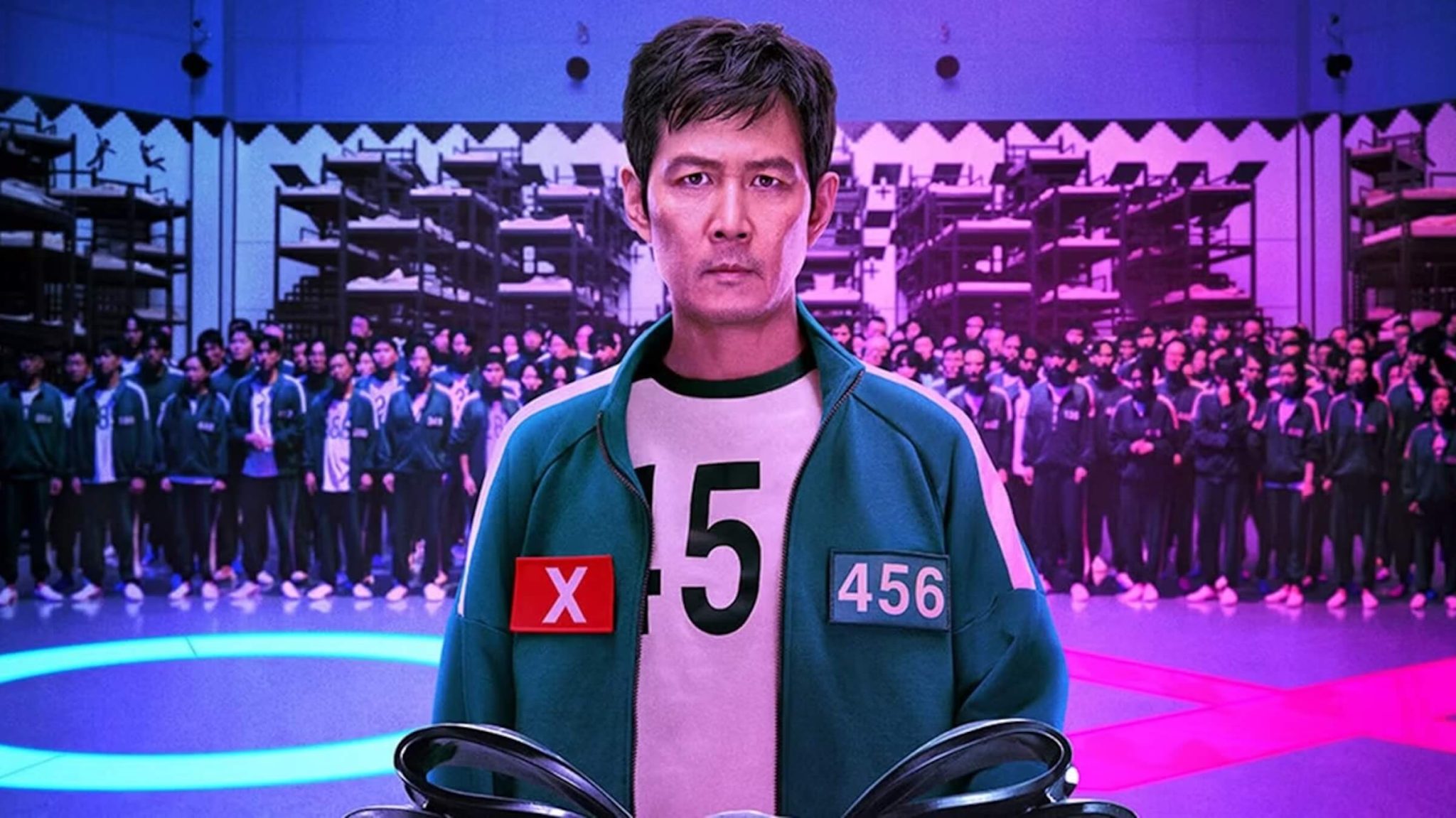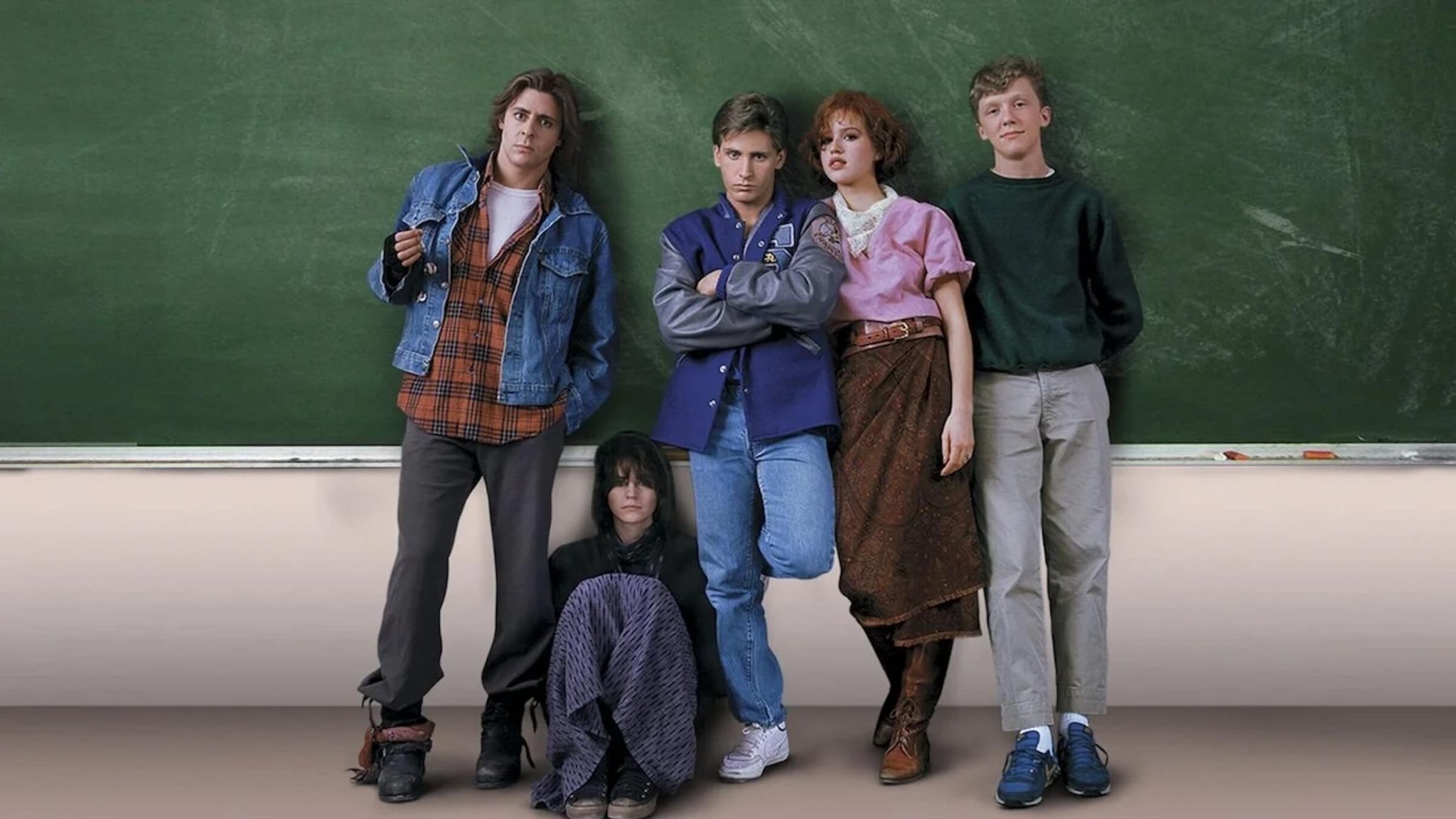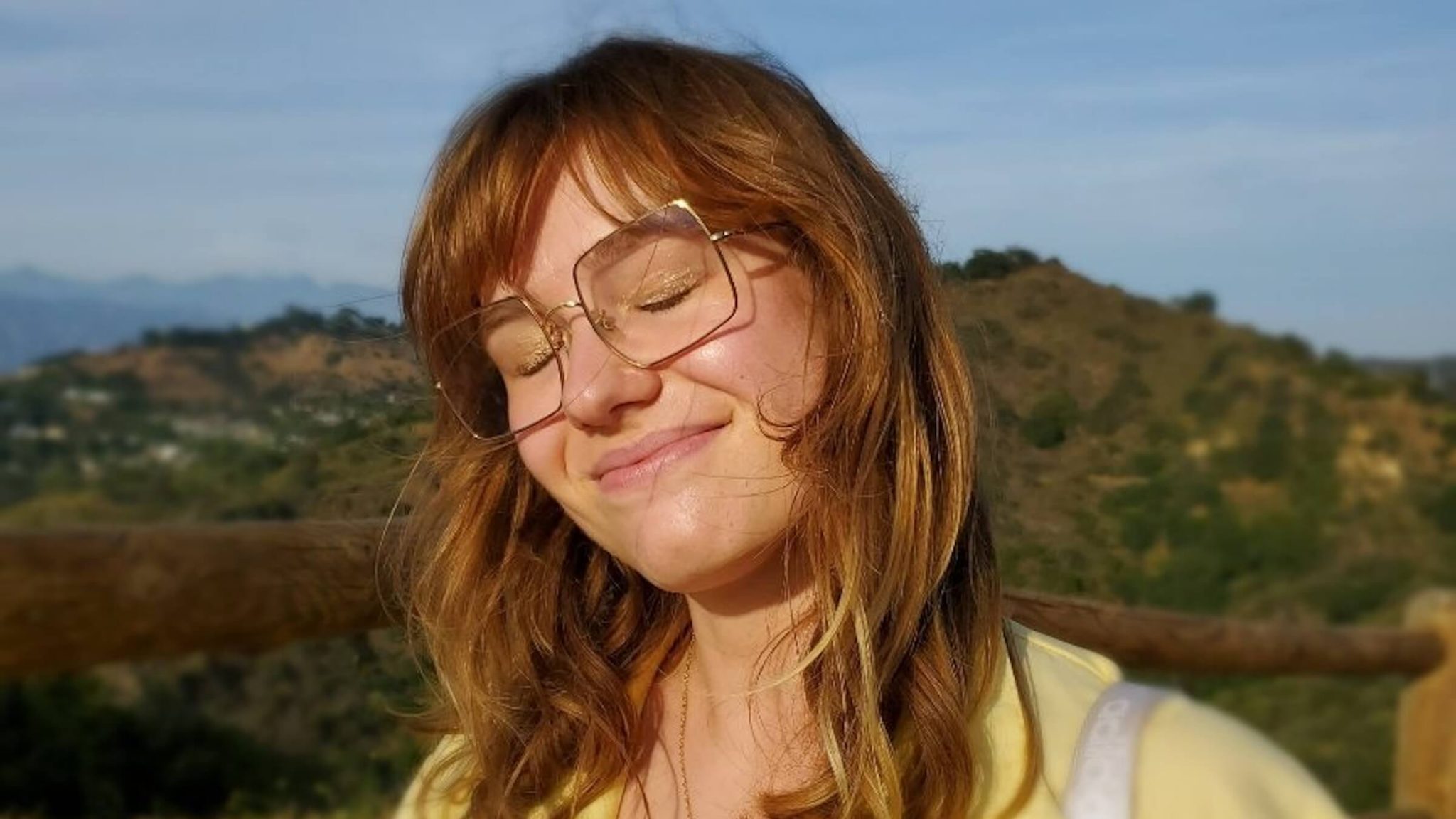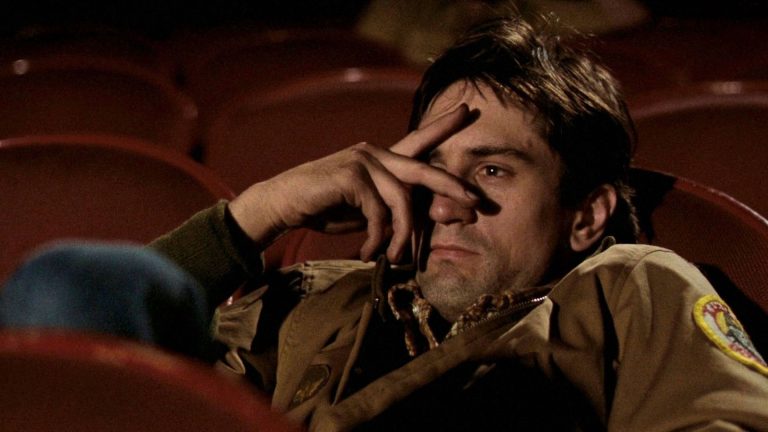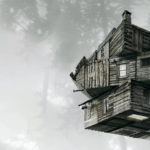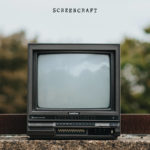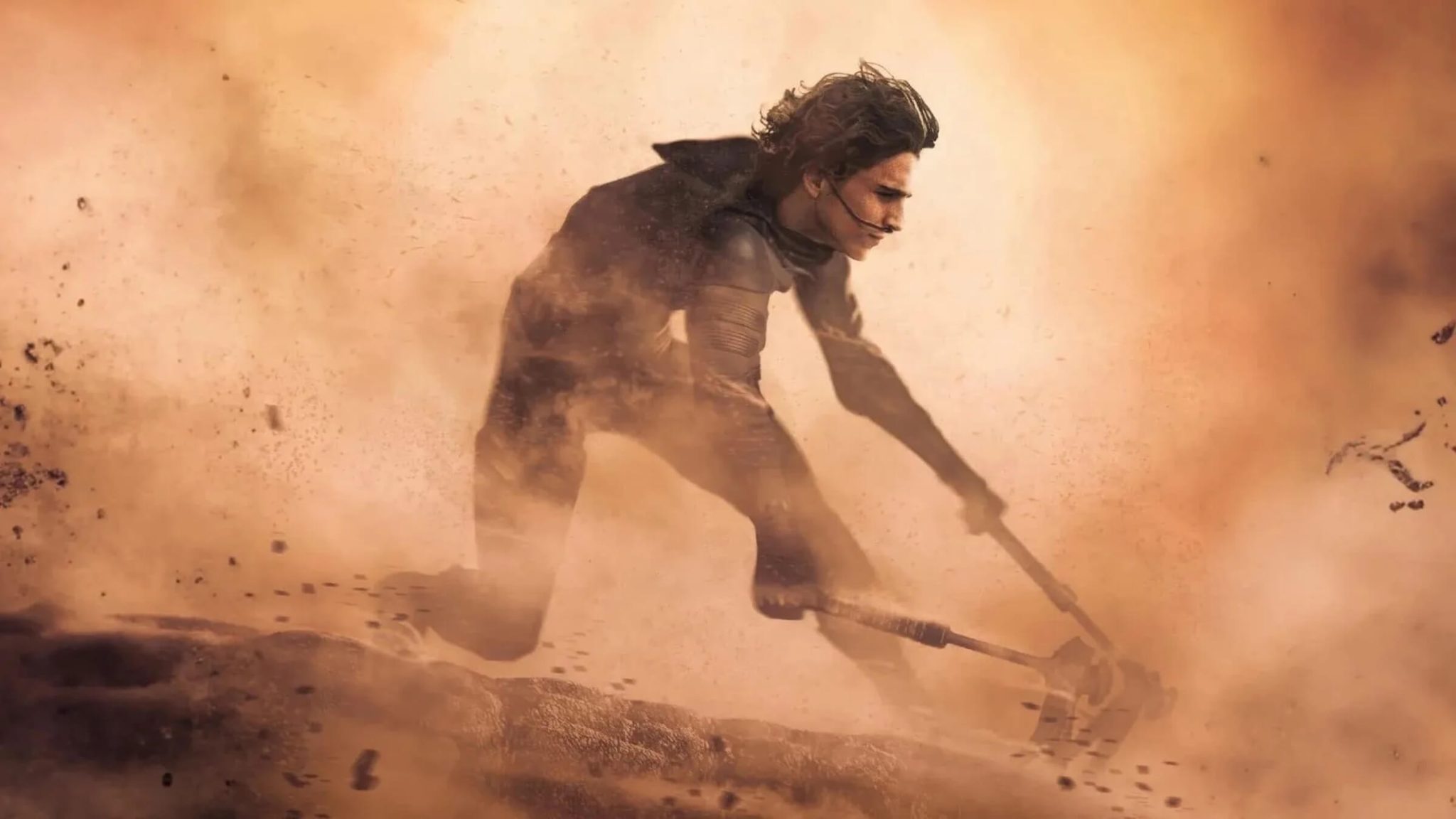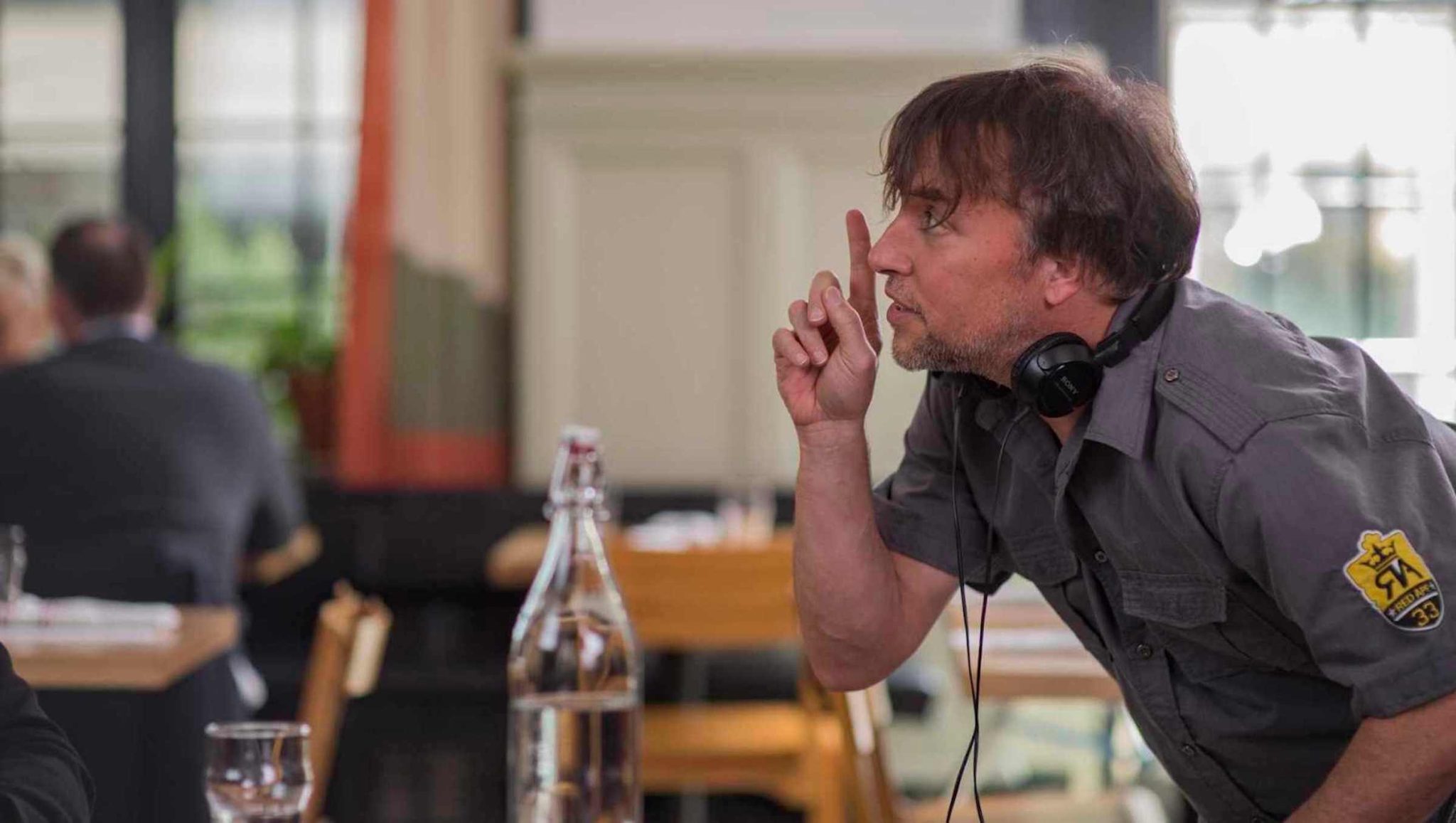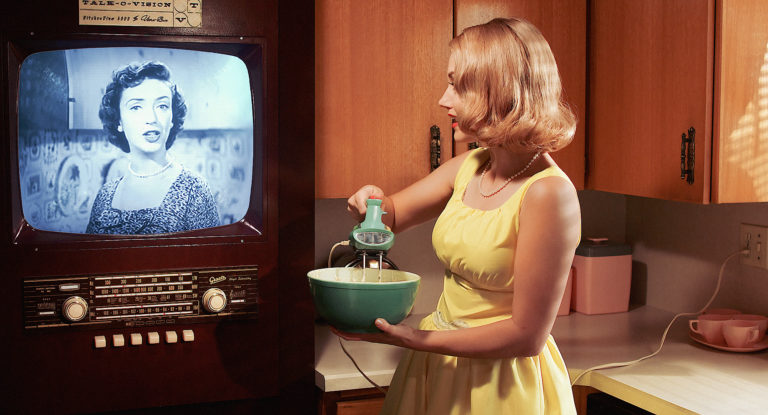
Filmmaker Travis Neufeld was a top ten finalist in ScreenCraft's inaugural short screenplay competition in 2015 with his clever and dramatic sci-fi thriller script The Tinwife. Since that time, Travis has produced and directed the film, and it's currently doing well on the festival circuit. Having remembered the script quite specifically from the competition two years ago, I was delighted when Travis reached out to invite me to a screening of the film at the iconic TCL Chinese Theater as an official selection at this year's HollyShorts Film Festival.
The film perfectly evoked and brought to life the narrative experience the script offered, so I asked Travis to share some insights into his creative process and the project's development. Travis also shared the trailer, and, exclusively for ScreenCraft, one of the key sequences of the film.
Check them out below!
What was the genesis of the concept and the script?
I wanted to write a short that would explore the sociopolitical implications of an alternate reality where the 1950s never really ended, but extended far into the distant future. I’ve long been fascinated by all of the technological future predictions and imaginings that were made in the 50s via magazines like Astounding Science Fiction and Popular Mechanics. If you go back and look at these predictions as a whole, you can kind of get this sense of a society that never was. I’ve always thought that this “future-world” would be an interesting idea to look into, given that post-World War II optimism and 1950s culture as a whole would be completely untenable in an era of such great technological advancement. As well, it seemed like the most legitimate avenue to writing about robots, ray guns, and flying cars.
What was the genesis of the film / how did it all come together?
When I finished writing the screenplay, the first thing I did was send it out to a few screenplay competitions. At the time, my hope was that I’d get some constructive feedback and maybe get a sense of how well it was received. The script ended up taking home a couple Best Short Screenplay awards and placed in the Top 10 of a few others (including Screencraft’s Short Screenplay Competition!). Once this happened, it kind of made sense that the next step would be to see if it could be made even though it seemed completely impossible to produce.
Knowing that it would likely take a significant amount of creative problem solving to make and that we faced pretty long odds, I first put together a small group of art department keys (costume designer, set decorators, propmaster, conceptual artist, and construction coordinator) just to see IF we could figure out how to pull it off. We met fairly regularly over the course of a few months and basically spent hours upon hours working through every insane item on the list until we had a solid plan for production. From there, it was a matter of bringing on the other production keys as well as the actors and then finding the locations.
What were your aesthetic and tonal influences?
While we sourced a number of the retro-future devices you see in the film directly from real 1950s futuristic illustrations, for the most part we used a blend of Vertigo (Hitchcock) and the original Twilight Zone series as key inspirations for The Tinwife aesthetic. The goal was to find a way to create a meeting place somewhere between 1950s and contemporary cinematic styles so that we could make The Tinwife feel simultaneously like an authentic 50s construction and a story that was rooted in a dark and visceral reality. Both Vertigo and the Twilight Zone were guiding lights in many aspects of the film including costumes, props, set dressings as well as the visual texture of each space and the overall style of the film.
Also, when we set out to write music for the film (which is all original music written and composed by Zak Millman), we used a few episodes that Bernard Herrmann had scored as jumping off points for discussion. I wanted to emulate the Twilight Zone sound while still creating our own thing, so Zak did some research into how they wrote and recorded the Twilight Zone music and then tried to recreate some of those elements. We actually managed to put together a small orchestra of about 10 players (which is what was used in the Twilight Zone score recordings), and then recorded the entire thing in a studio in LA.
Tell us about the production.
So it took us nearly 3 years to make The Tinwife. Pre-Production began in the fall of 2014, we shot it over a series of weekends throughout 2015 (because we all have full-time jobs), and then spent all of 2016 in Post-Production. The film was completed in early 2017 and premiered at the Cinequest Film & VR Festival in San Jose in March. Since then the film’s been making its way around the festival circuit, recently screening at HollyShorts in LA and FilmQuest in Utah.
As you can imagine, The Tinwife was a very challenging film to produce. Typically short films take place within 1-2 locations and feature only a few actors so they can be easy to knock out in a weekend, but The Tinwife has upwards of a dozen characters (sometimes in the same scene) and is set in about 9 locations. On top of that, it’s a period film that is also set in the future. At no point were the odds ever in our favour.
The only way I could figure out how to make it happen was to isolate each location in the script and make it into its own short film production. From there I spaced the shoots for each of these locations throughout the entire year. As a result, each location essentially had its own pre- production and production phase, which allowed the entire team to work on just one part of the film at a time. We basically got into a rhythm of spending a few months prepping for one location, shooting it over a weekend, and then going on a brief hiatus before doing it all over again. It was definitely a long process and I don’t know if I’d ever recommend it, but because we isolated all of the many production challenges by location, it helped us maintain focus and think strategically without becoming too overwhelmed by the sheer immensity of creating a retro- future universe on a tiny budget.
What kind of camera did you use?
We shot the film on a BlackMagic Production Camera. We wanted to shoot in 4K and also emulate the look and feel of film and the Production Camera was both something we had access to and also suited that approach.
Tell us about your crew.
The film was produced with a combined cast and crew of about 60 volunteers, most of whom didn’t have much of any experience working in film previous to The Tinwife. The film was crewed mostly by people who had experience working in local theatre productions and wanted to try their hand at making a film. They were an incredible lot to work with and film is really only a success because of their talent, hard work, generosity, and dedication.
Where was the film shot?
We shot the entire thing in locations around Saskatoon. Going into pre-production, I knew that locations were going to be our biggest hurdle and that our ability to find suitable places to shoot would ultimately decide whether or not it could be made. Luckily for us, and much to the complete bewilderment of the entire team, we somehow landed locations that fit the film perfectly.
In the case of Wendy’s Apartment (the idyllic home of the future), I put out an ad on Craigslist that only said “Looking for 1950s House” and within minutes started getting replies. One of the replies was from a guy who owned this house that had been designed and constructed at the height of mid-century modern movement and had largely remained the same over the years. He also had filled it with his own collection of ultra-rare mid-century modern / atomic-age furniture. He sent along a few photos in his email and I can still remember the entire team sitting in a production meeting looking through the photos in complete disbelief. We had basically stumbled across a nearly ready-made retro-futuristic location for the film.
Tell us about the film’s festival circuit success.
We’ve been so very fortunate to play at quite a few festivals and have even more to come. I’ve had some interesting opportunities come out of it and met so many talented and amazing filmmakers, writers, artists, and programmers. Our audiences have also been very receptive to the film and The Tinwife Q&A’s are always lively and thoughtful. On top of all that, we’ve also been nominated and won a few awards including First Place Science Fiction (Dragon Con - Won), Best Original Soundtrack (Film Score and Scruffy City Film & Music Festival - Won), and Best Science Fiction Short (FilmQuest - Nominated).
A few of our official selections include: Cinequest Film & VR Festival (San Jose, CA), Imagine Film Festival (Amsterdam, Netherlands), Woods Hole Film Festival (Woods Hole, MA), Film Score and Scruffy City Film & Music Festival (Knoxville, TN), HollyShorts (Hollywood, CA), Dragon Con (Atlanta, GA), FilmQuest (Provo, Utah), Fimucité (Spain), SciFi Film Festival (Sydney, Australia), and Other Worlds Austin (Austin, TX).
A few of our awards / nominations include: First Place Science Fiction (Win - Dragon Con), Best Original Soundtrack (Win - Scruffy City), Best Sci-Fi Short (Nomination - FilmQuest), Best Score - Short (Nomination - FilmQuest), Best Original Score in a Short Film (Nomination - Fimucité), Best Short Film (Nomination - Chilliwack Film Festival), and Best North American Short Film (Nomination - Buffalo Dreams Short Film Festival)
What does the future hold for The Tinwife? What other projects are you working on?
I have a few shorts and features that I’m working on (all of which are high-concept science- fiction), but mostly I’m writing a pilot and developing The Tinwife into a series! Based on my experience out on the circuit as well as some speculative inquiries, it’s clear that there is definitely an interest in seeing an expanded version of The Tinwife. I think that a series would be the best approach to continue to exploring aspects The Tinwife society and the larger universe that surrounds it.
Travis Neufeld is the writer, director, and producer of The Tinwife, an award-winning short film about the sociopolitical implications of a technologically-advanced, 1950s retro-future society. The Tinwife premiered at the Cinequest Film & VR Film Festival in March 2017 and has gone on to play at festivals throughout the US and overseas, including official selections at Spain’s celebrated film music festival Fimucité and the HollyShorts Film Festival in Hollywood. The Tinwife has also collected several awards an nominations for Best Short Film, Best Screenplay, and Best Original Score. In addition to directing, Travis is also an ardent screenwriter and has been a finalist in both the ScreenCraft Short Screenplay Competition and PAGE International Screenwriting Awards. Currently, Travis is on the festival circuit with The Tinwife and developing projects for screens both big and small.
Tags
Get Our Screenwriting Newsletter!
Get weekly writing inspiration delivered to your inbox - including industry news, popular articles, and more!

